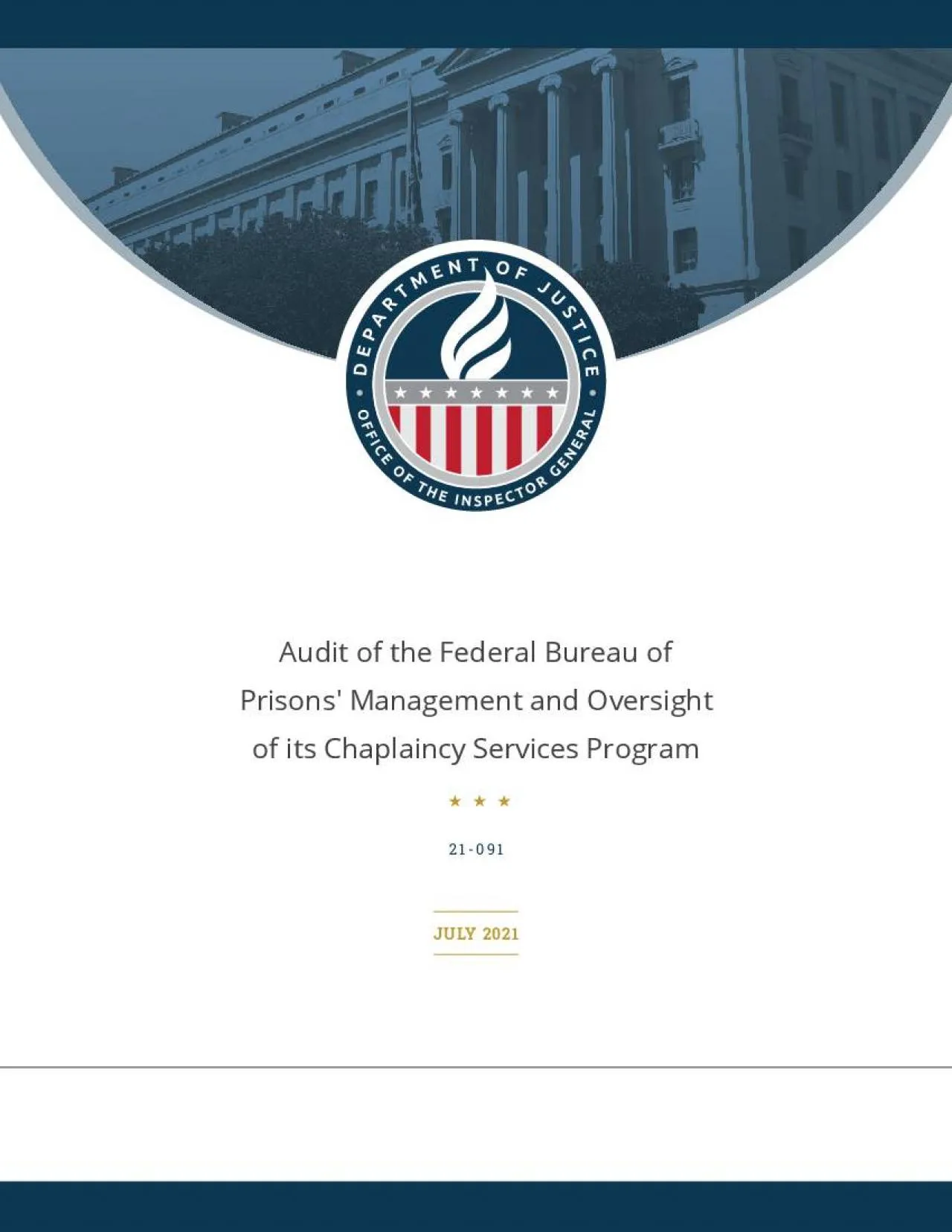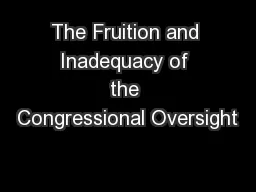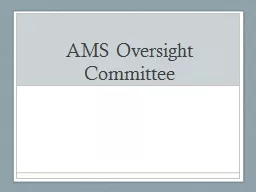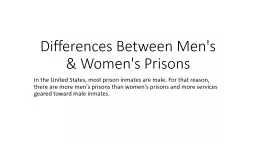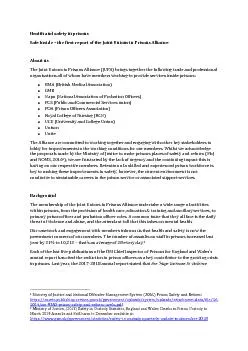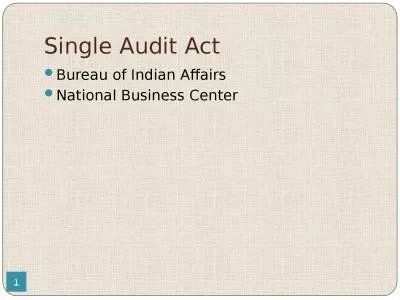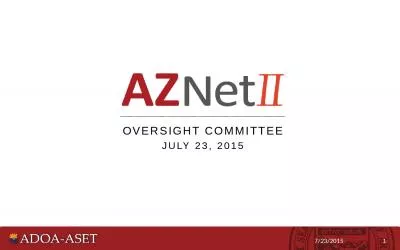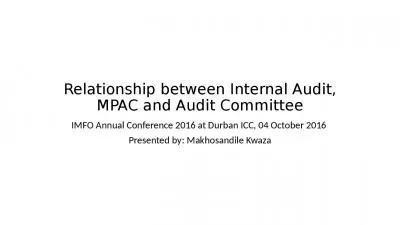PDF-Audit of the Federal Bureau of Prisons Management and Oversight of its
Author : skylar | Published Date : 2021-10-05
21091JULY 2021EXECUTIVEUMMARYederaliObjetiveChaplaincy Seactivitieffectivenesreventinecuritisks andsuserograresourcesRetsThOPhrougChaplaincServicesranchkstourhamateustoafforded
Presentation Embed Code
Download Presentation
Download Presentation The PPT/PDF document "Audit of the Federal Bureau of Prisons M..." is the property of its rightful owner. Permission is granted to download and print the materials on this website for personal, non-commercial use only, and to display it on your personal computer provided you do not modify the materials and that you retain all copyright notices contained in the materials. By downloading content from our website, you accept the terms of this agreement.
Audit of the Federal Bureau of Prisons Management and Oversight of its: Transcript
Download Rules Of Document
"Audit of the Federal Bureau of Prisons Management and Oversight of its"The content belongs to its owner. You may download and print it for personal use, without modification, and keep all copyright notices. By downloading, you agree to these terms.
Related Documents

